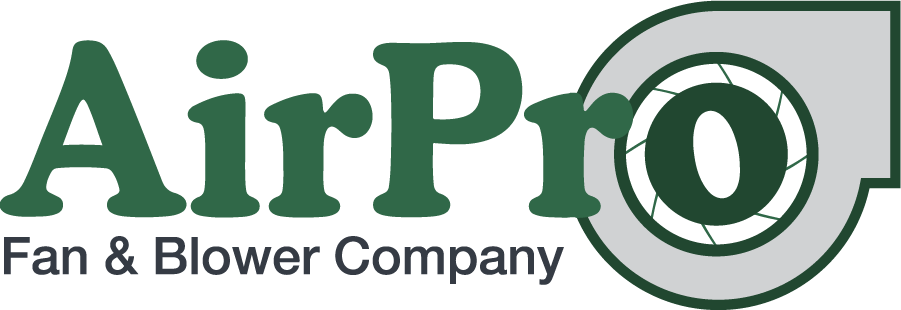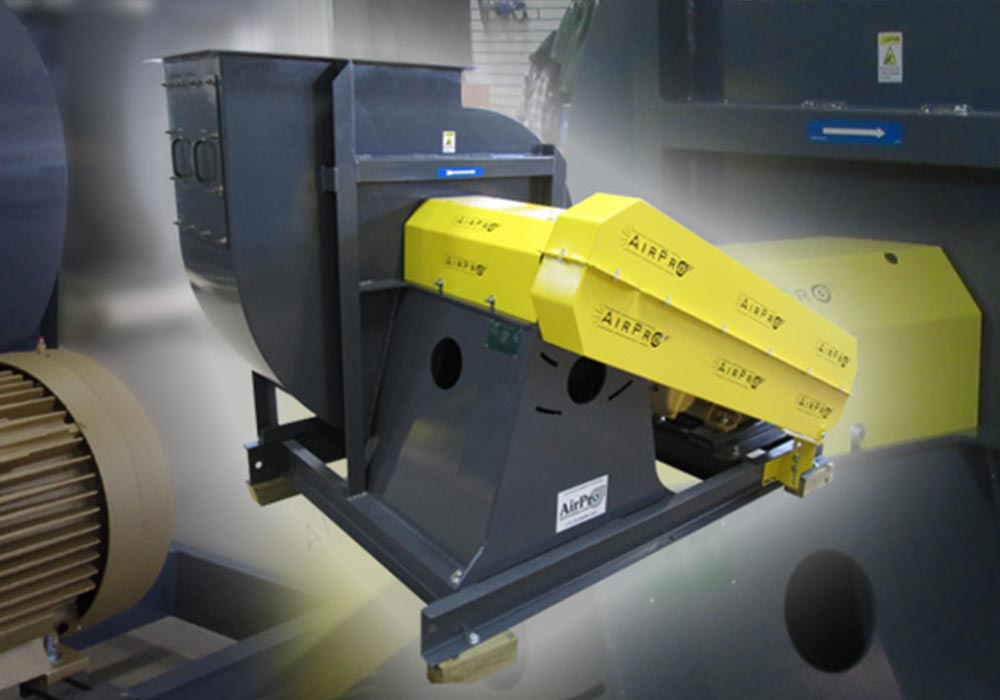Combustion Air Blowers
Industrial Combustion Air Blower Applications
Combustion air blower applications are common in power plants and many process manufacturers across industries that require combustion to burn fuels such as natural gas, oil, and wood in boilers, incinerators, dryers, kilns, ovens, furnaces, and process burners.
The requirements for successful combustion are fuel, oxygen, and an ignition source. It’s the job of the combustion air blower to supply the stable and consistent airflow (oxygen) required to maximize the efficiency and effectiveness of the entire combustion air system. If just one of these three elements is removed, the combustion process stops. That makes it imperative that all of the components in a combustion air system work in harmony.
Primary Industries for Combustion Air Blowers
Many varied industries from food processing and energy, to metals, plastic, glass, paper, and pulp processing use combustion air blowers for heating and drying purposes.
Combustion Air Blower Technology Selection & Specification
With a high pressure-to-flow ratio, a shrouded radial wheel is a frequent go-to for combustion air blowers, but there are several models that we use depending on the specific application.
Industrial Fan Designs Commonly Used for Combustion Air Blowers
Fan Arrangements, Accessories, & Design
Fan Arrangements indicate how the motors mount to and drive the fans. The combustion air blower typically calls for an Arrangement 4 direct-drive motor with a variable frequency drive but on very large systems it’s likely to be an Arrangement 1 belt-drive motor. These are the arrangement options:
Industrial Fan Designs Commonly Used for Calciner Rotary Kilns
Arrangement 1 – Belt Drive with an overhung impeller. The fan and motor mount separately to a unitary base.
Arrangement 4 – Direct Drive with an overhung impeller. A low-cost arrangement, the fan wheel mounts directly on the motor shaft.
When it comes to design and accessories, it’s all about protecting and optimizing operations, maintenance, and life of the fan and bearings. Although proximity to high-temperature systems might suggest the need for special materials of construction, the air that goes through the forced draft combustion air blower is room-temperature ambient air, so standard materials usually suffice.
Often, the amount of airflow is regulated by variable frequency drives and/or inlet dampers. Using these components together as a unit, the boiler’s efficiency increases, which results in better system reliability and increased energy savings.
In industrial combustion air blower applications, we often recommend:
- Variable Frequency Drive (VFD) or Dampers to control airflow and avoid excess vibration
- Inlet Filters to keep dust out of the fan and process
- Inlet Silencer for noise control on the fan inlet
- Vibration, and temperature sensors to monitor bearing and fan health and prevent unplanned outages
- Proper installation and maintenance to ensure safe startup and operations
Featured Products
Case Studies
Talk with Our Application Engineers
If you feel overwhelmed by all this information, don’t despair! We have a team of application engineers who are happy to talk with you and select the best fan for your application. You can call 715-365-3267, email [email protected], or send us your information, and one of our engineers will connect with you.
Contact UsAirPro Fan & Blower
Connect With Us
Not finding what you need? Contact us








